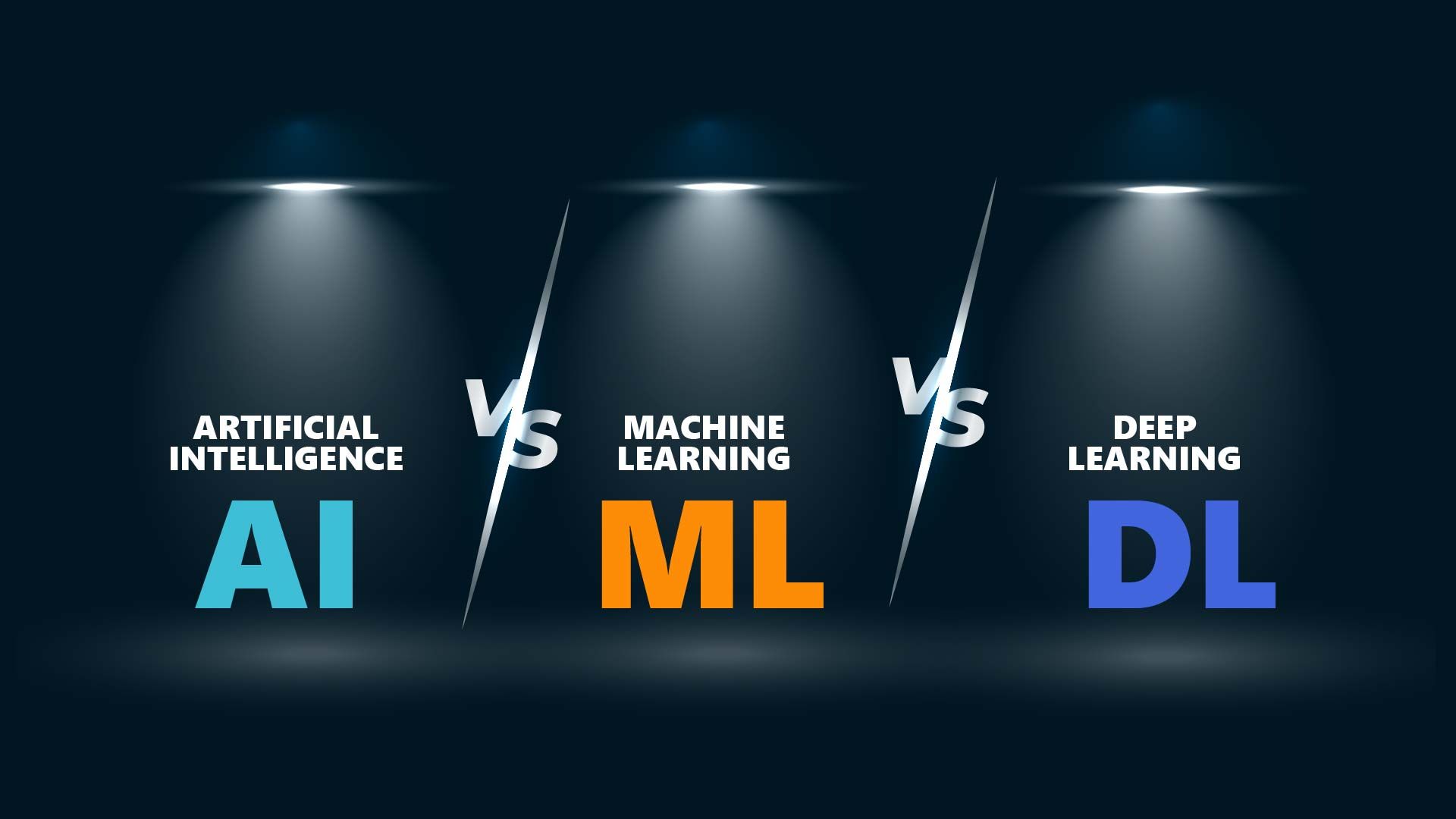AI vs Machine Learning vs Deep Learning: What’s the Difference?
In the world of Artificial Intelligence (AI), there’s often confusion surrounding the terms AI, Machine Learning (ML), and Deep Learning (DL). While they are interconnected, each represents a different level of sophistication in terms of how machines learn and process information. So, let’s break down these concepts to better understand how they differ and how they work together.
What is AI?
Artificial Intelligence (AI) refers to the creation of machines or systems that can perform tasks that would typically require human intelligence. These tasks include reasoning, learning, decision-making, problem-solving, and understanding language.
AI is a broad concept that encompasses many subfields, and it’s the umbrella under which machine learning and deep learning fall. AI systems can be rule-based or use learning algorithms to improve over time.
What is Machine Learning?
Machine Learning (ML) is a subset of AI focused on building systems that can learn from data. Unlike traditional software, which follows explicit instructions, ML systems use algorithms that allow them to learn and improve from experience, often without being explicitly programmed for every task.
In ML, data is used to “train” models. For example, a spam filter can be trained on a dataset of emails labeled as “spam” or “not spam,” and the system learns to recognize patterns in the data that indicate whether an email is spam or not.
There are three types of machine learning:
Supervised Learning: The algorithm is trained on labeled data. It learns from examples and makes predictions based on past data. Example: Classifying images of cats and dogs.
Unsupervised Learning: The algorithm learns patterns in data without labels. Example: Grouping customers based on purchasing behavior.
Reinforcement Learning: The algorithm learns by trial and error, receiving feedback in the form of rewards or penalties. Example: Training a robot to navigate a maze.
What is Deep Learning?
Deep Learning (DL) is a more advanced subset of machine learning that uses artificial neural networks with many layers (hence the term "deep"). These neural networks are designed to simulate how the human brain works and can handle massive amounts of data and complexity.
Deep learning powers many of the most advanced AI applications, such as image recognition, natural language processing, and self-driving cars. It requires large datasets and a significant amount of computational power to be effective.
How They Work Together
- AI is the broad concept, representing intelligent behavior in machines.
- ML is the process by which AI learns from data and improves over time.
- DL is a subfield of ML that uses neural networks to process data in a hierarchical way, enabling more complex tasks.
For example, self-driving cars use AI to navigate and make decisions, machine learning to improve their driving models based on data from real-world driving experiences, and deep learning to recognize objects, like pedestrians or other vehicles, in real-time using computer vision.
Conclusion
AI, ML, and DL are closely related but represent different stages of the machine learning process. AI is the overarching concept, machine learning enables systems to learn from data, and deep learning takes this a step further with more complex neural networks. Understanding these distinctions can help you appreciate how these technologies work together to power the intelligent systems around us.


Comments
Post a Comment